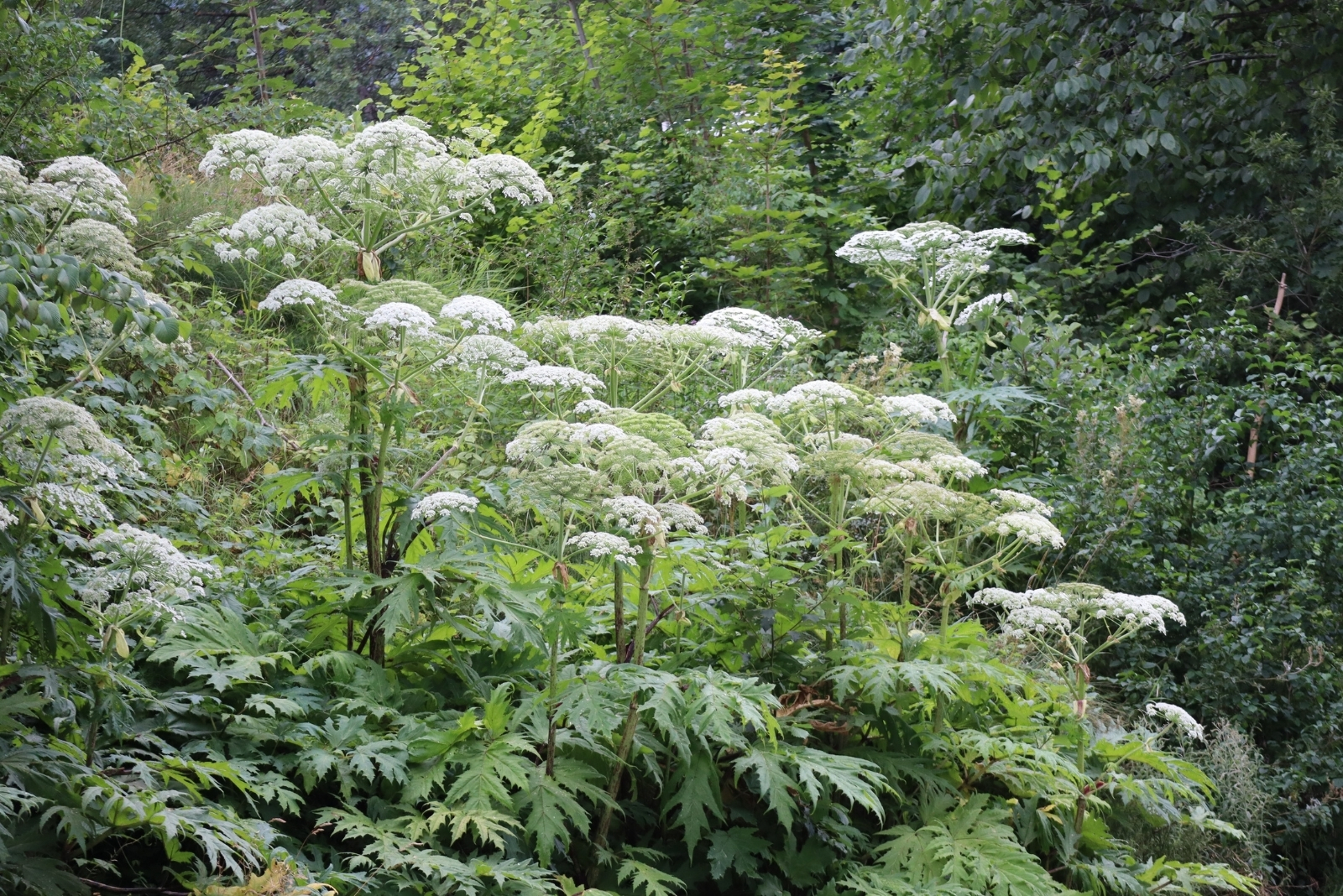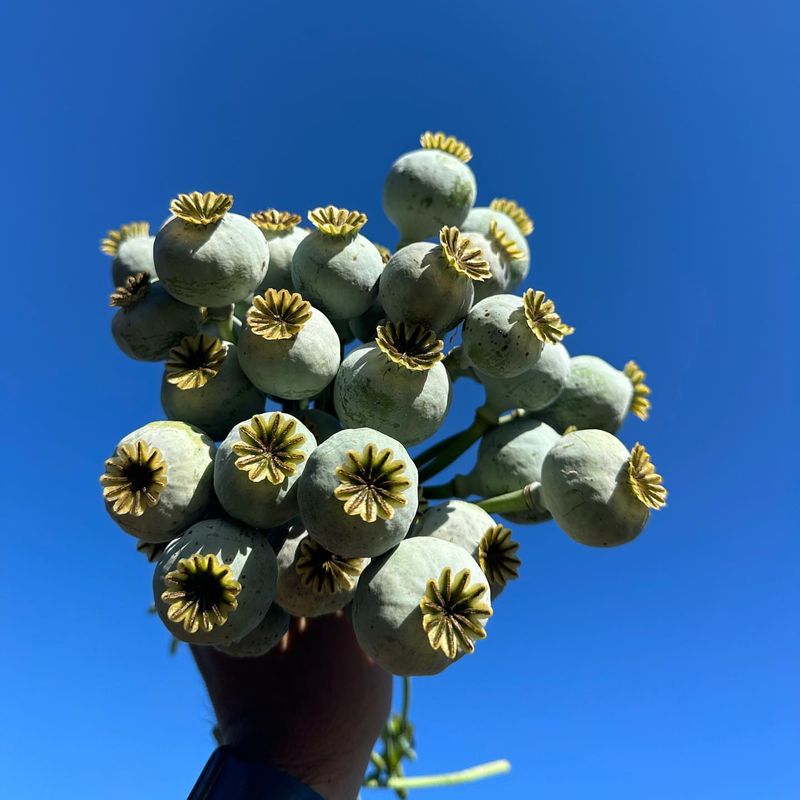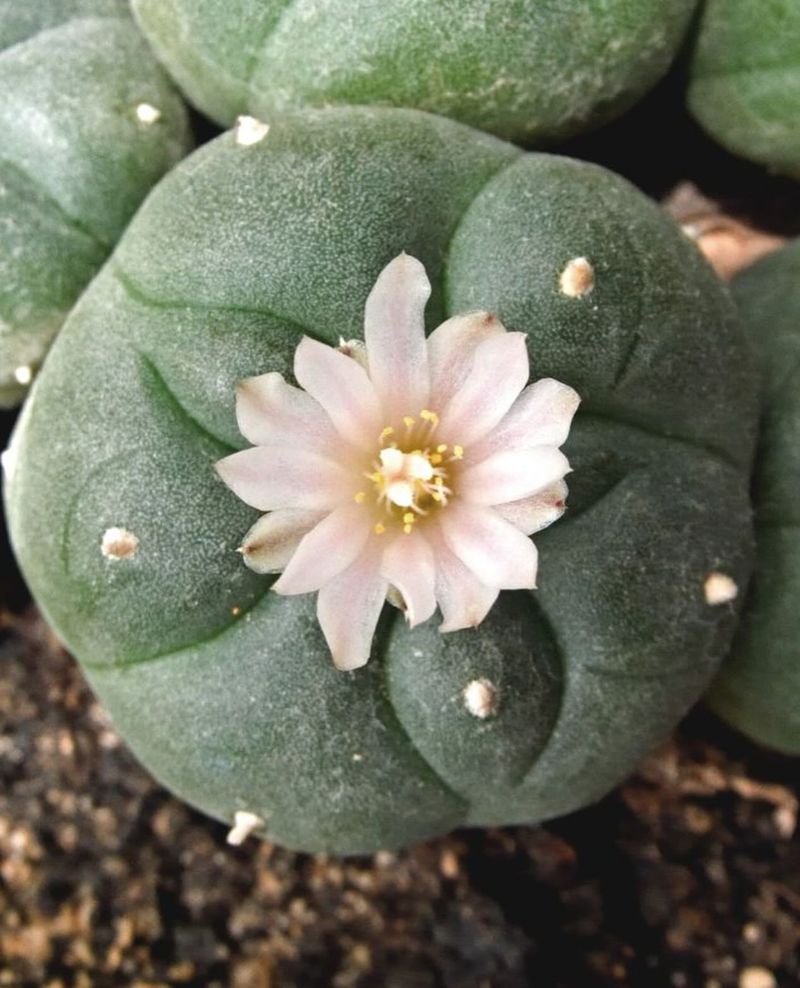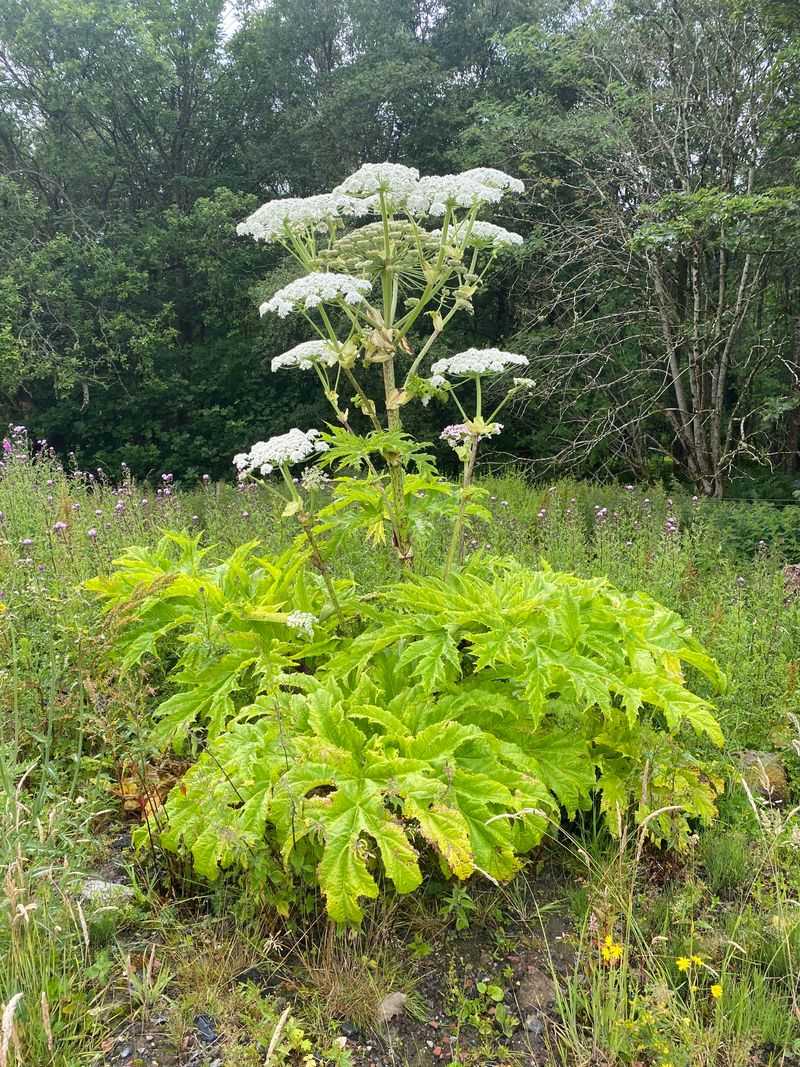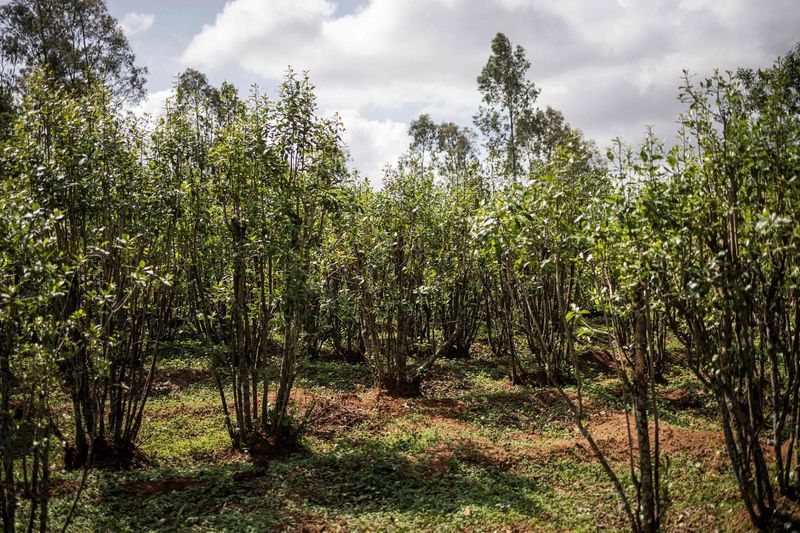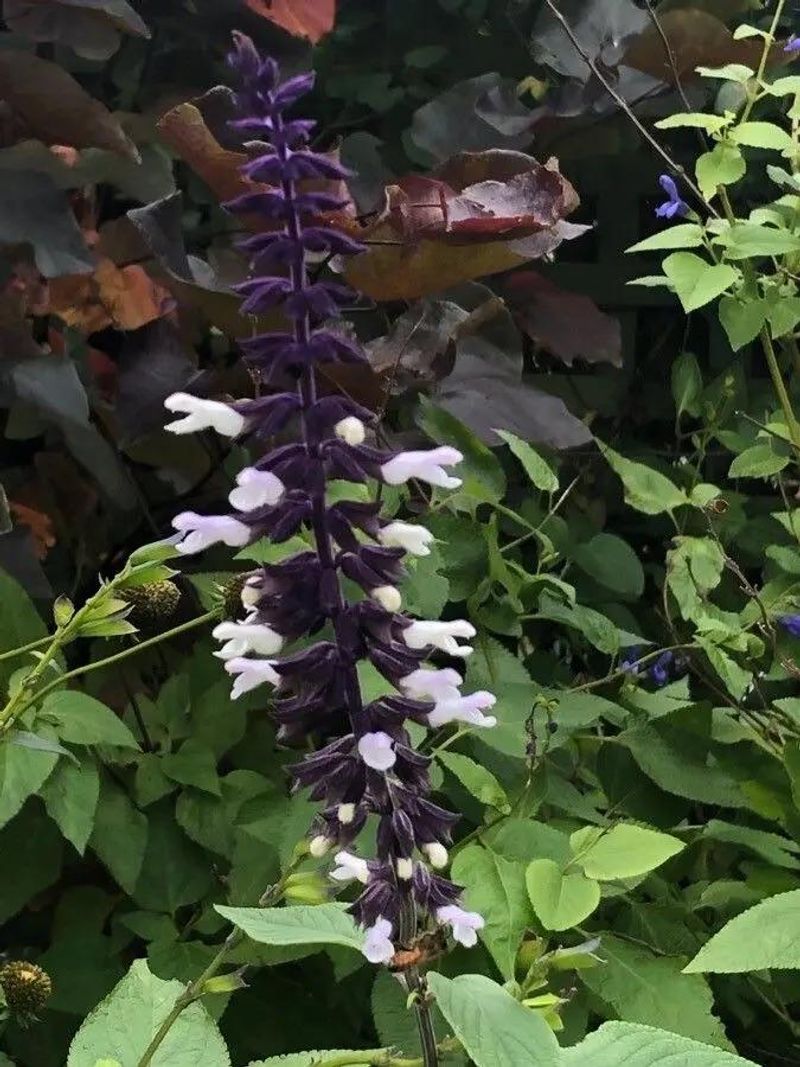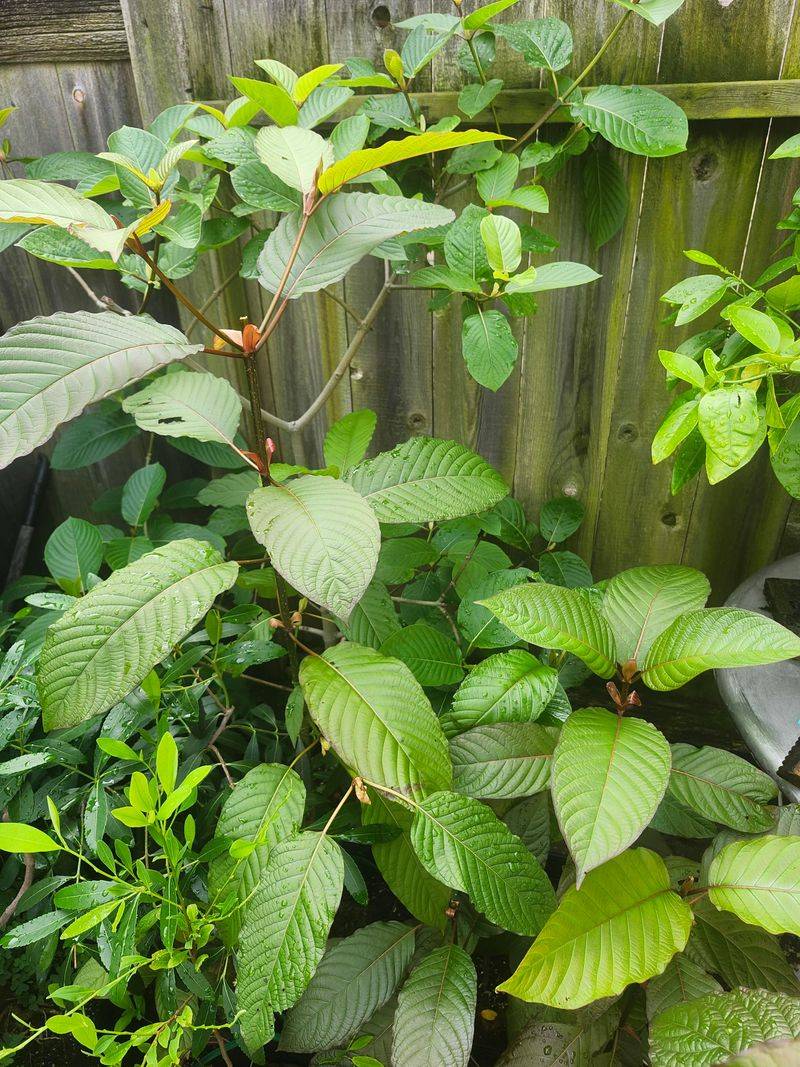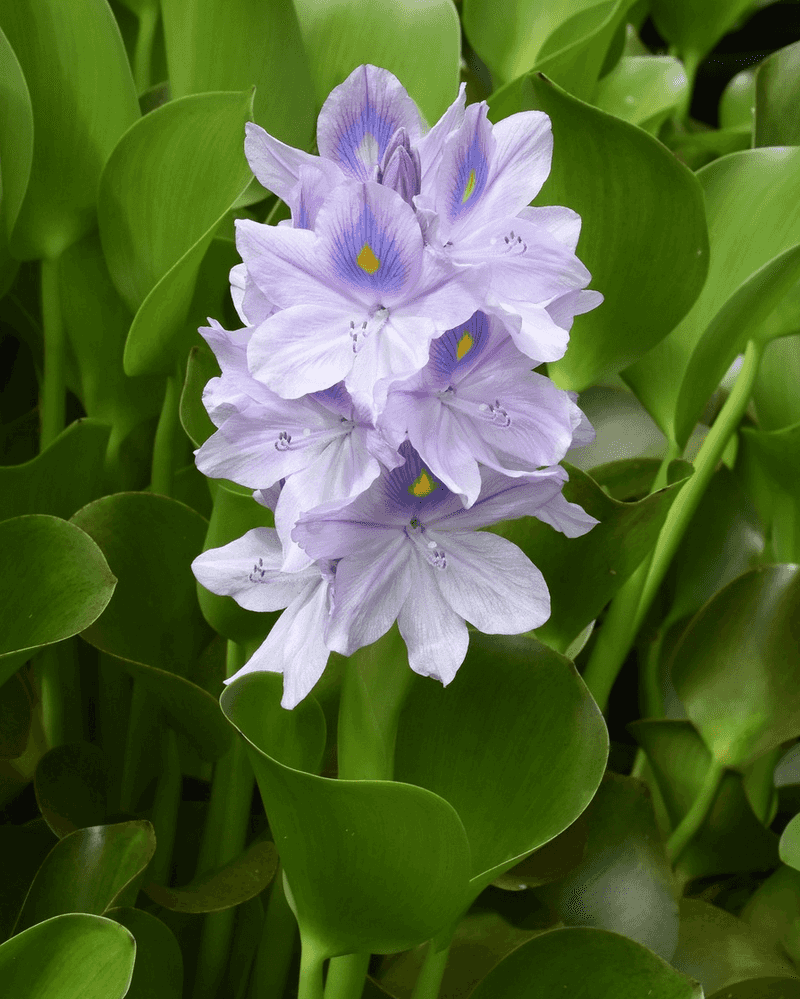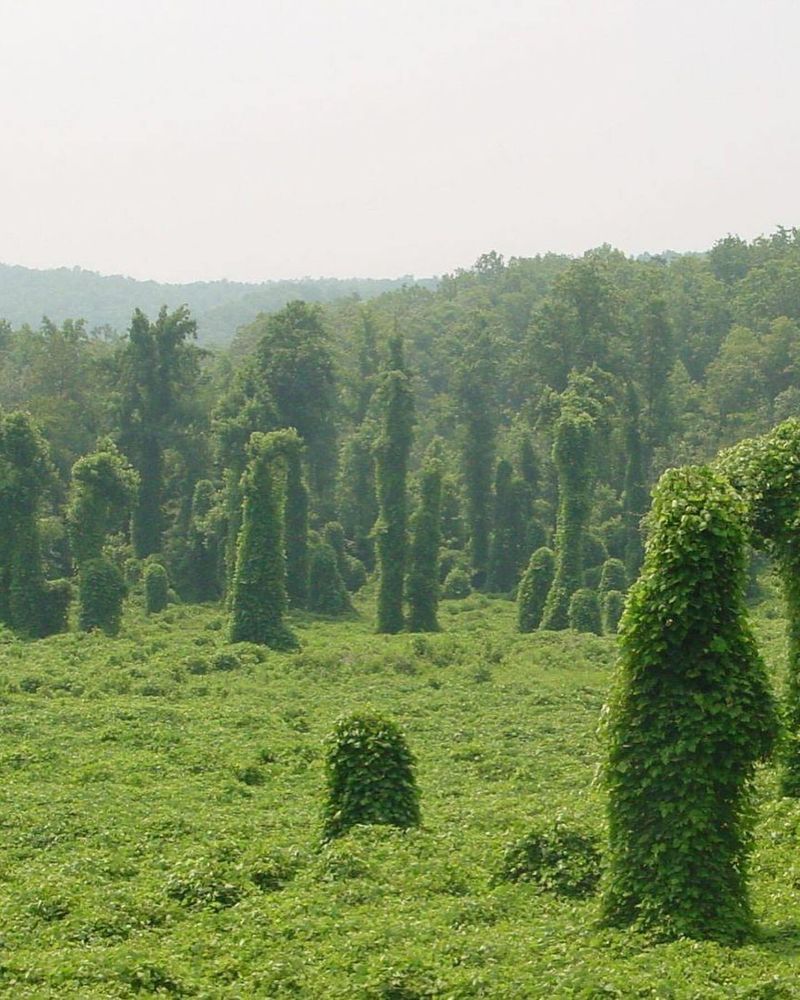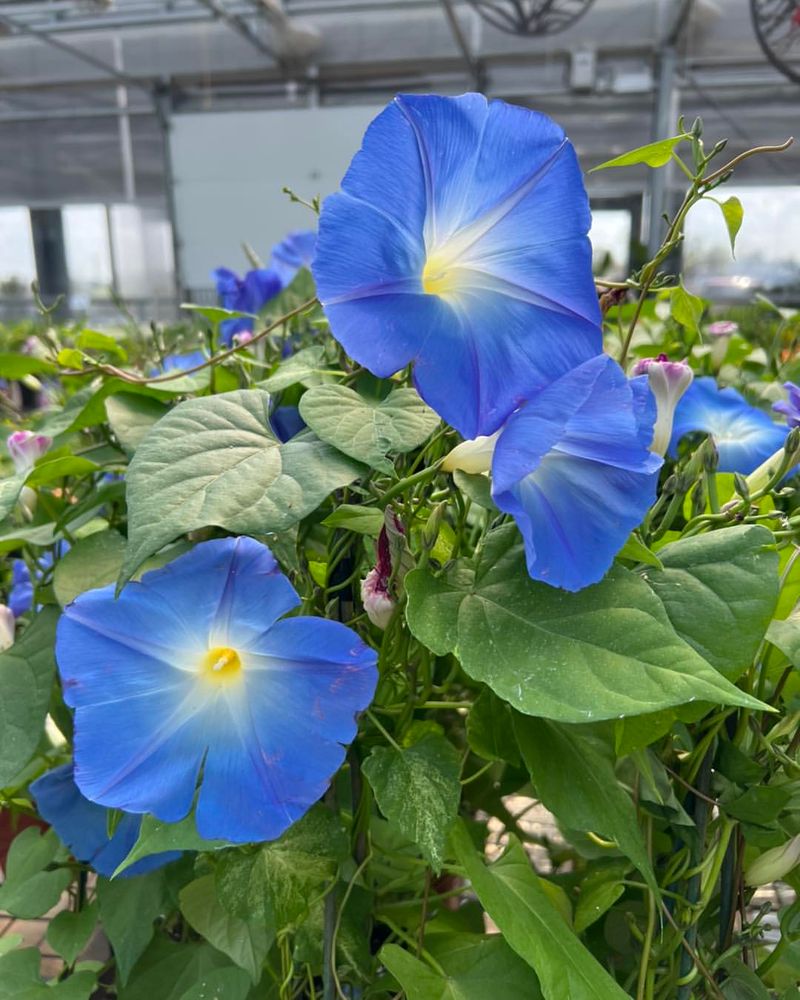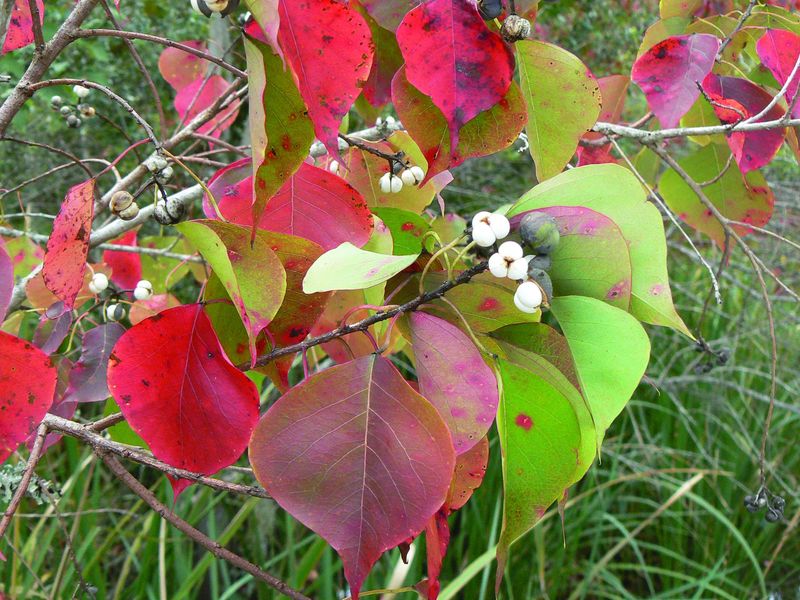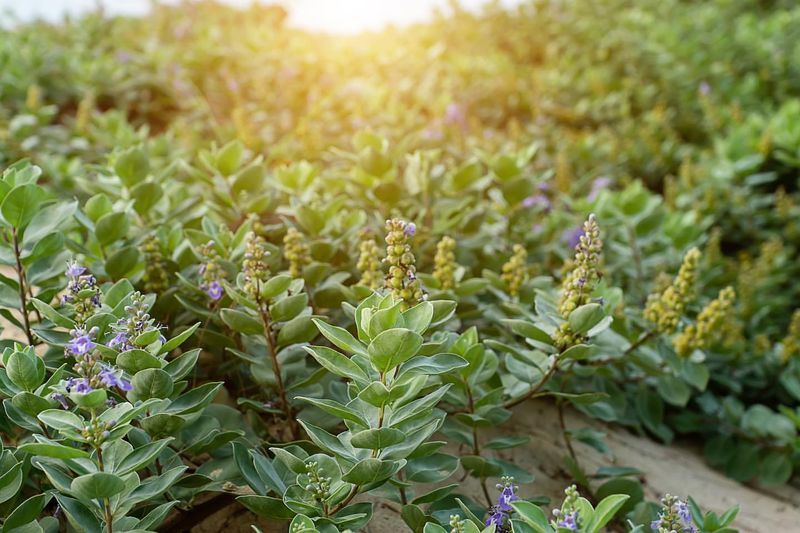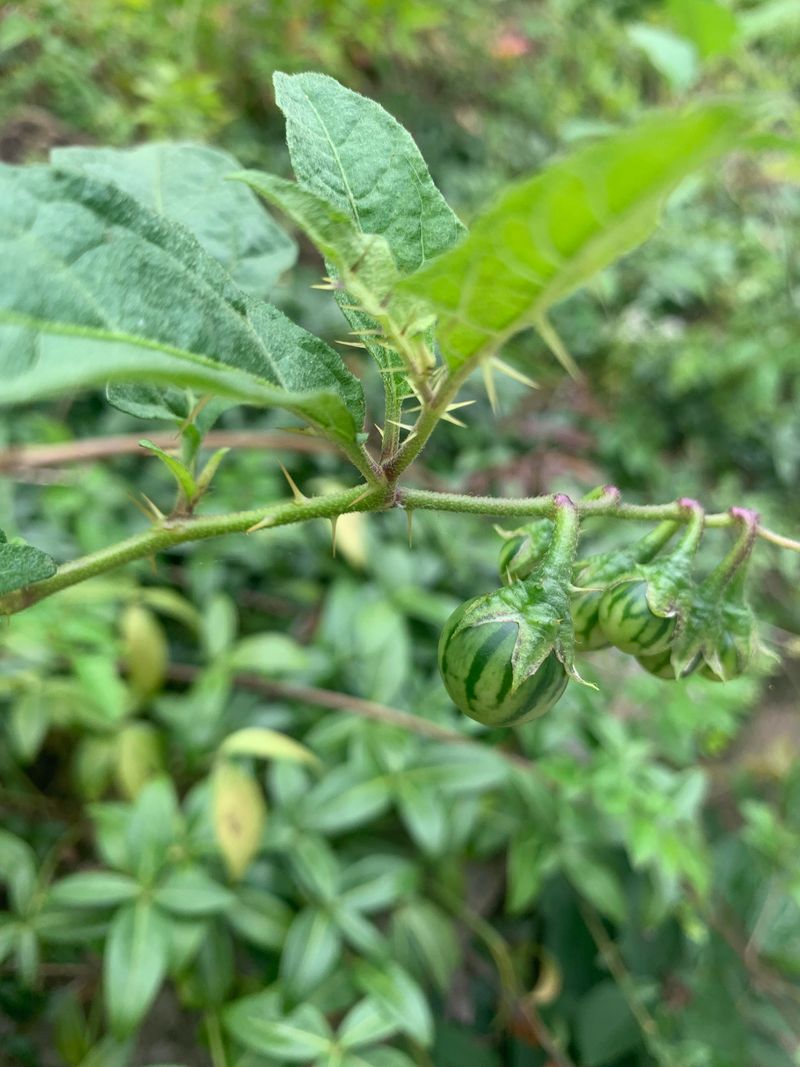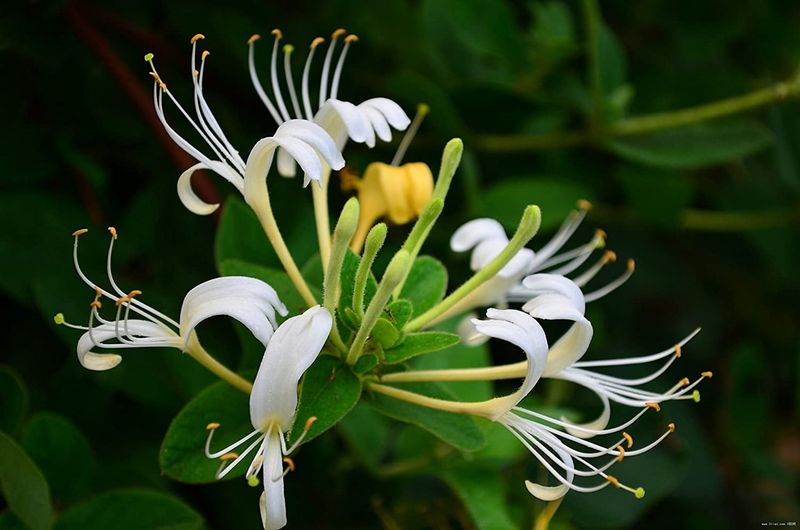Gardening in South Carolina can be full of surprises, and not all of them are pleasant. I was shocked to learn that some plants I thought were harmless are actually illegal to grow in your own backyard.
Breaking the rules, even by accident, could land you in hot water with fines or other penalties. It turns out that the state has some strict guidelines on what can and cannot be cultivated at home.
Let’s take a look at a few backyard crops that might make you rethink your garden plans.
1. Opium Poppy
The beautiful Papaver somniferum might look innocent, but growing these poppies is banned in South Carolina. Many gardeners unknowingly purchase and plant these seeds, not realizing they’re cultivating a controlled substance.
In the Palmetto State, authorities consider intent when evaluating cases, but possession of these plants can still lead to criminal charges. The flowers produce the raw material for opium production.
2. Peyote
This small cactus contains mescaline, a powerful hallucinogen, making it a Schedule I controlled substance. South Carolina strictly prohibits cultivating peyote outside very specific religious exemptions for Native American church ceremonies.
Gardeners across South Carolina might be tempted by its unique appearance, but growing this cactus carries serious legal risks. Law enforcement doesn’t take cultivation lightly, regardless of quantity.
3. Giant Hogweed
This invasive plant causes severe skin burns and potential blindness when its sap contacts skin and eyes. South Carolina’s Department of Agriculture prohibits growing this dangerous plant to protect public health and native ecosystems.
The Palmetto State actively monitors for hogweed outbreaks, as its toxic sap becomes more dangerous when exposed to sunlight. Even accidental cultivation must be reported and professionally removed.
4. Khat
This East African plant contains cathinone, a stimulant similar to amphetamines. South Carolina law strictly prohibits growing khat, classifying it as a controlled substance with no accepted medical use.
Some immigrant communities in the Palmetto State may be familiar with khat’s cultural uses, but cultivation remains illegal. The penalties for growing this stimulant plant can include significant jail time.
5. Salvia Divinorum
This potent hallucinogenic sage variety is banned for cultivation in South Carolina. The plant produces intense but short-lived psychoactive effects when consumed, leading to its classification as a controlled substance.
Many South Carolina gardeners mistakenly believe it’s just another ornamental sage. However, state regulations specifically target this variety, with possession and cultivation carrying potential criminal penalties.
6. Kratom
While legal in some states, South Carolina has restricted kratom cultivation in certain counties. This Southeast Asian tree produces leaves containing compounds that act on opioid receptors, raising significant regulatory concerns.
Several Palmetto State jurisdictions have enacted local bans, creating a patchwork of regulations. Before planting, residents must verify current local laws, as penalties vary by county.
7. Water Hyacinth
Despite its beautiful purple flowers, water hyacinth is classified as a noxious weed in South Carolina. This floating plant can double its population in just two weeks, choking waterways and destroying native aquatic ecosystems.
The Palmetto State’s Department of Natural Resources actively enforces cultivation bans. Even keeping water hyacinth in outdoor water features risks spreading this aggressive invader to natural waterways.
8. Kudzu
Once promoted for erosion control, kudzu is now strictly prohibited for cultivation in South Carolina. This aggressive vine can grow up to a foot daily, smothering native plants and transforming landscapes into impenetrable thickets.
The Palmetto State spends millions annually battling existing kudzu infestations. Intentionally planting this “mile-a-minute” vine is prohibited under state agricultural regulations to prevent further ecological damage.
9. Morning Glory
Certain varieties of morning glory contain LSA, a compound similar to LSD. While most ornamental varieties remain legal, specific high-LSA types are restricted in South Carolina due to their potential for abuse.
Gardeners throughout the Palmetto State should research varieties carefully before planting. Hawaiian Baby Woodrose and certain Ipomoea varieties fall under controlled substance regulations when grown specifically for hallucinogenic properties.
10. Chinese Tallow
Also called popcorn tree, this invasive species is prohibited for cultivation in South Carolina. Its colorful fall foliage might seem attractive, but the tree aggressively displaces native species and alters soil chemistry.
The Palmetto State’s forestry commission actively encourages removal of existing trees. Seeds spread easily through water and wildlife, making even a single backyard specimen an environmental threat across South Carolina ecosystems.
11. Beach Vitex
Once promoted for dune stabilization, beach vitex is now banned throughout coastal South Carolina. This aggressive woody vine overtakes native beach plants that naturally protect dunes, ironically increasing erosion risk.
The Palmetto State’s coastal management program strictly prohibits new plantings. Existing plants must be reported and removed, as they threaten sea turtle nesting habitats and critical dune ecosystems.
12. Tropical Soda Apple
This thorny nightshade relative threatens South Carolina’s agricultural economy. The plant hosts pests that damage important crops like tomatoes and peppers, leading to its classification as a noxious weed.
Palmetto State regulations prohibit cultivation and require immediate reporting of wild specimens. The distinctive yellow fruits and thorny stems spread rapidly through livestock and wildlife across South Carolina farmlands.
13. Japanese Honeysuckle
Though commonly seen throughout South Carolina, actively cultivating Japanese honeysuckle is now prohibited. This fragrant vine strangles native trees and shrubs, reducing biodiversity and damaging forest ecosystems.
The Palmetto State’s forestry commission discourages new plantings and encourages removal. Many gardeners remain unaware of the ban, continuing to spread this invasive species throughout South Carolina’s natural areas.

